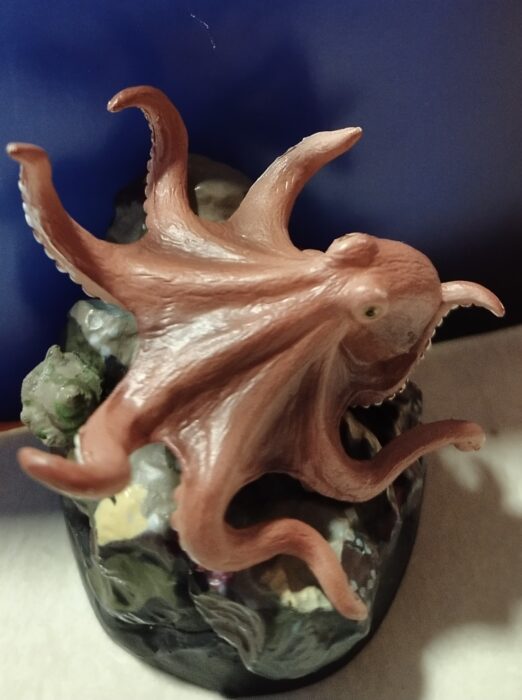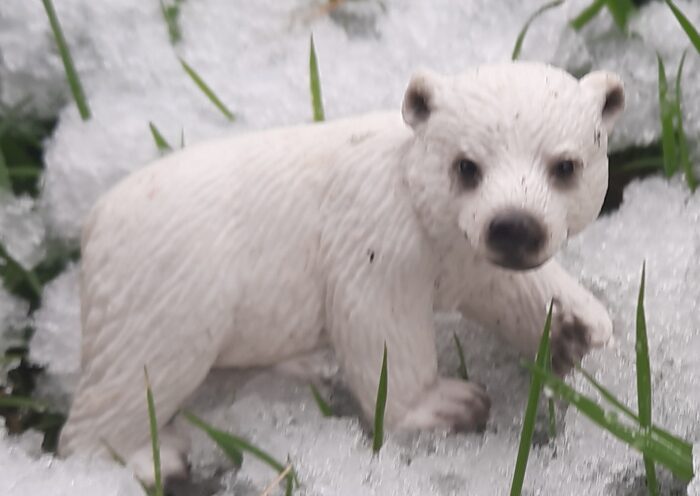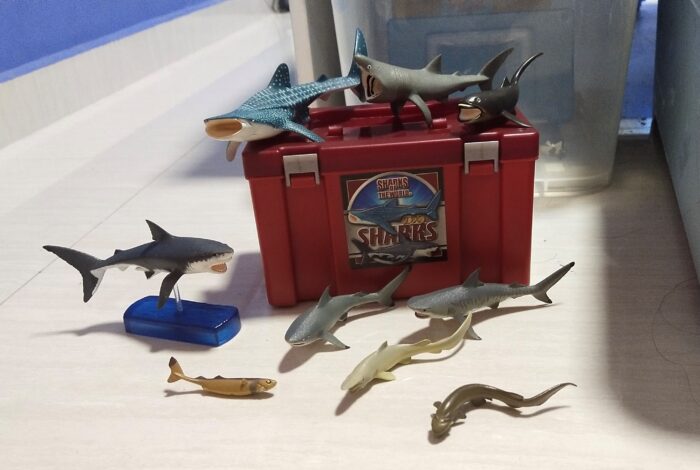Review and images by JimoAi; edited by bmathison1972
Octopuses are remarkable animals: They have 3 hearts, blue blood, are able to squeeze into tiny spaces that are larger than its beak, change colour and sometimes texture to match their surroundings, and their most remarkable feature: intelligence. Compared to the other invertebrates, the octopus outsmarts all of them due to it having the largest brain-to-body ratio and the common octopus (Octopus vulgaris) has around half a billion neurons, two thirds of it are located in the 8 arms of the animal.















